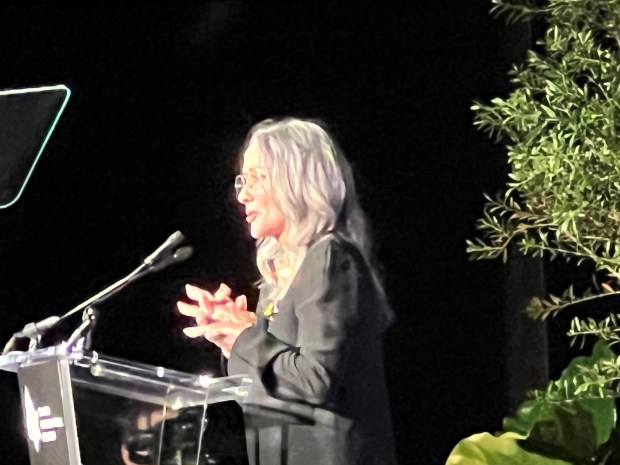Exploring the sorting process of recycling can help Northwest Indiana residents better understand the parameters of recycling right.
One common myth is that all recyclables end up in landfills regardless of proper sorting and recycling practices. While it’s true that some materials may not always get recycled due to contamination or market fluctuations, a significant portion of collected recyclables are indeed processed and transformed into new products.
Here in the communities of Northwest Indiana — Porter County, in particular — recyclables are sent to Homewood Disposal and their Material Recovery Facility (MRF). During the sorting process, materials move through a series of advanced mechanical processes. These processes include conveyor belts, rotating drums, and powerful magnets. Conveyor belts transport the materials through the facility, while rotating drums help to separate items based on size and weight. Magnets are used to attract and remove ferrous metals like steel and iron. Non-ferrous metals, such as aluminum, are typically separated using Eddy current separators, which create a magnetic field to repel these metals from other materials.
Another step in the sorting process involves manual sorting, where workers try to remove any items that cannot be recycled, such as plastic bags, which can jam machinery, or hazardous materials that require special handling.
Further along the line, optical sorters use advanced technology, including cameras and lasers, to identify and separate different types of plastics based on their specific properties. The optical eyes have the technology to sort plastics by their chemical composition like high density polypropylene (HDE) from polyethylene terephthalate (PET). Air classifiers are used to blow lightweight materials, away from heavier items. At the end of the sorting process, the separated materials are compacted into bales and prepared for transport to recycling centers, where they can be processed into new products. By efficiently sorting and preparing recyclables, these facilities play a vital role in reducing waste and promoting sustainability. To see this process in action, visit Homewood Disposal’s YouTube Channel at https://www.youtube.com/user/homewooddisposal.
Knowing the process of recycling can help clear up any confusion many of us face before placing an item in the recycling bin.
For more recycling information, follow “Recycle Porter County” on Facebook, or visit the District website at PorterCountyRecycling.org, and stay tuned for our next publication in this series.
Ellen Kapitan is an employee of the Recycling and Waste Reduction District of Porter County and Cassie Dalton is a member of the Citizens Advisory Committee.



